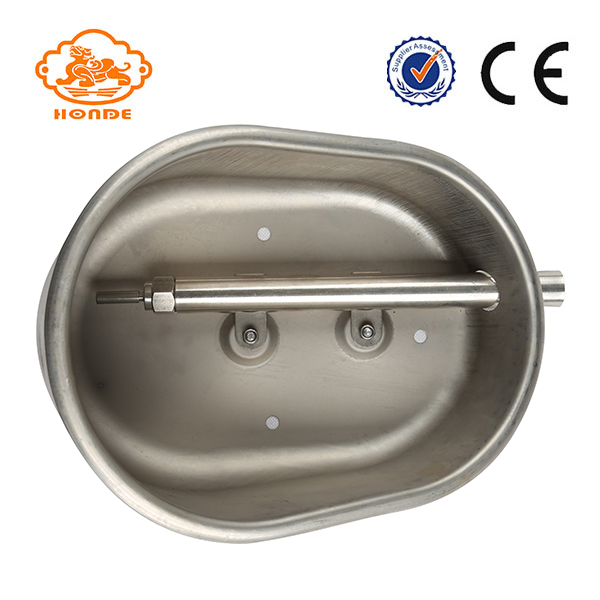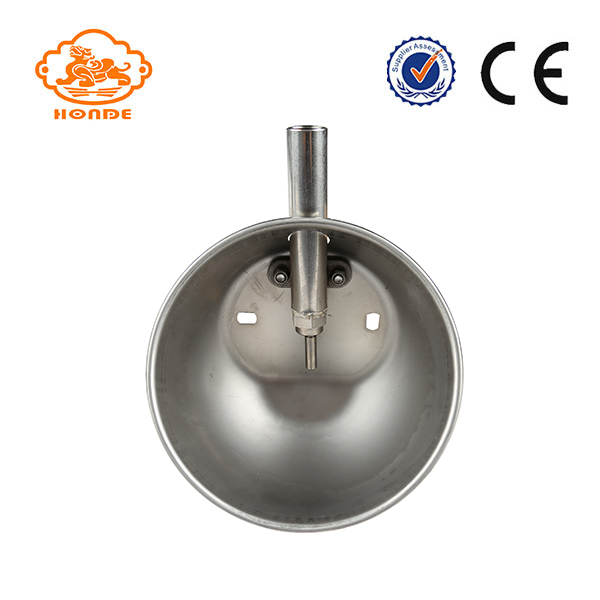We specialize in producing pig drinking systems, which is made of stainless steel or plastic. It is mainly used for sows or piglets to drink water. Pig drinking systems is an automatic drinking water equipment. Our pig drinking systems design that keep dung out of the water bowl no blind corner, so the Pig Drinking System is always clean and also saves water. We have advanced manufacturing technology, so can have a high yield and high quality. Our pig drinking systems is uniquely designed to keep the stool away from the pig drinking systems, so keep the bowl clean. Taps on the bottom of the bowl to ensure that there is not much water bowl of water, saving water. The bottom is 1.0mm thick stainless steel plate, making the water bowl durable.


Pig Drinking System
Pig Drinking System,Poultry Pig Drinking System,Pig Automatic Drinking System,Farming Equipment Pig Drinking System
HuangHua FengYi Honde Metal Factory , https://www.farrowingcratesfromchina.com